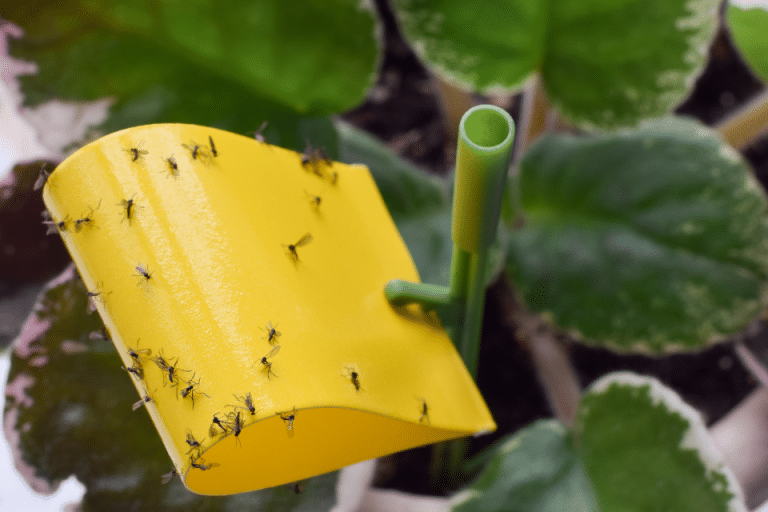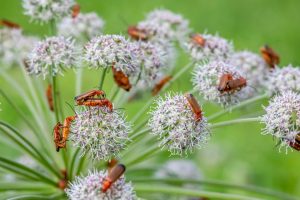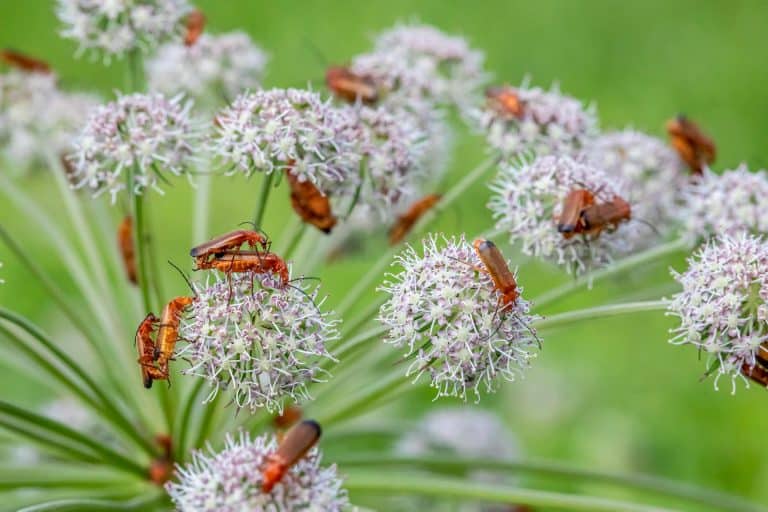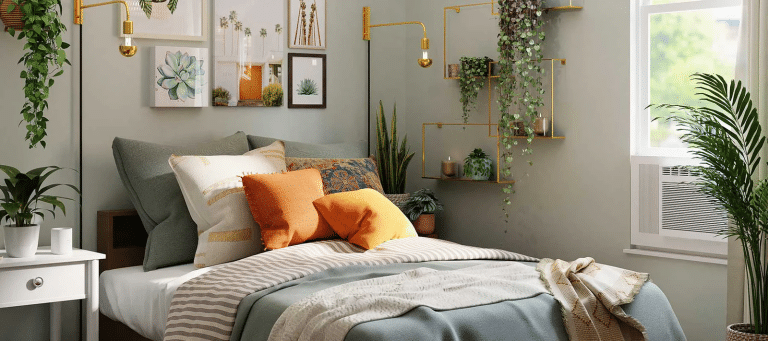If you live in a densely populated city with no yard and barely natural sunlight indoors, growing your vegetables and herbs might seem impossible. But there’s a great solution: setting up an indoor grow room. A spare cabinet, storage closet, or even a basement can work surprisingly well.
One of the biggest advantages of a sealed grow room is the ability to control the environment much more than you can outdoors, which also means fewer pest problems. But that doesn’t mean your indoor garden is completely immune to unwanted visitors. So, how can you keep pests at bay? Let’s take a closer look.
Stay Clean
Cleanliness is the foundation of any effective pest prevention strategy. Before setting up your grow room, thoroughly clean your space. Use a gentle bleach solution (one part bleach to nine parts water) or a horticultural disinfectant to scrub down the walls, floors, shelving, and all tools that will come into contact with your plants.
Make cleanliness part of your routine. Always wash your hands before entering your grow space, especially if you’ve been outside or in another garden. Pests like spider mites and aphids are notorious for hitching a ride on shoes, clothing, and gardening tools, slipping into grow rooms unnoticed.
Inspect New Plants Carefully
One of the most common ways pests find their way into an indoor grow is through new plants, especially clones or cuttings from other growers. Even healthy-looking plants can carry hidden insects or eggs, so never place them directly into your main grow area without a careful inspection.
Before introducing any new addition, carefully inspect all parts of the plant, especially under the leaves and around the stem base. Look for tiny pests, webbing, sticky residue, eggs, or any unusual spots or discoloration. When possible, quarantine new plants for one to two weeks. This extra step helps catch any issues early and can save your crop from a major infestation.
Maintain Proper Airflow
Proper airflow is essential not only for strong, healthy plant growth but also for keeping pests at bay. Many common indoor growing pests, such as fungus gnats and spider mites, love warm, stagnant, humid environments. Keeping the air moving makes it much harder for pests to settle, reproduce, or spread.
Use inline duct fans to vent stale air and oscillating clip fans to circulate fresh air throughout the grow space. A quality 4-inch inline fan is often enough for a small grow room. Ensure that air reaches all areas of the room, including beneath the canopy and around pots. Consistent airflow helps keep leaf surfaces dry, which discourages pests.
Monitor and Control Humidity
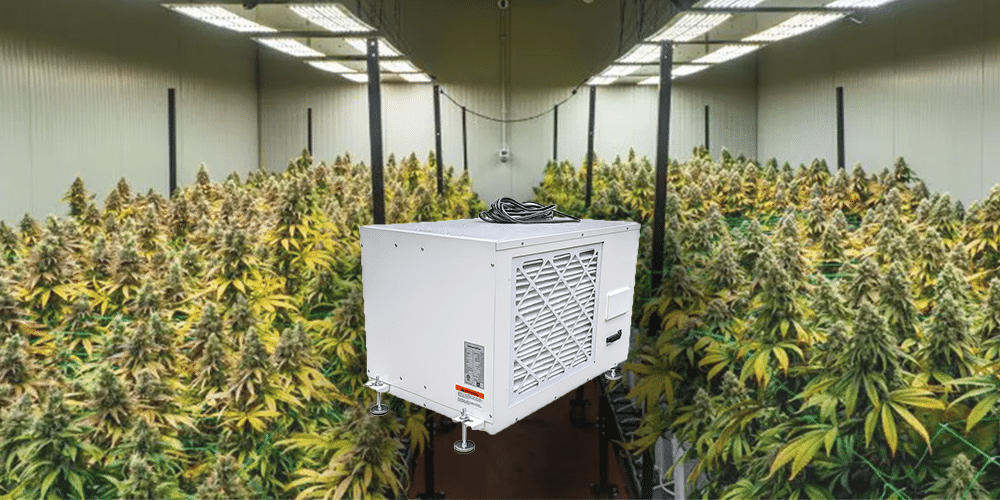
Humidity control is just as important as airflow when it comes to pest prevention. Excess humidity creates the ideal breeding ground for pests like fungus gnats, whiteflies, and spider mites. To stay on top of it, use a reliable digital hygrometer to monitor conditions inside your grow space at all times.
For most indoor grows, aim to maintain relative humidity between 40% and 60%, adjusting based on the plant’s stage—higher during early vegetative growth, lower during flowering. If levels get too high or too low, use a dehumidifier or humidifier to bring the environment back into balance.
Use Sticky Traps
Sticky traps, especially yellow or blue ones, are a simple yet highly effective method of monitoring flying pests like fungus gnats, whiteflies, and thrips. Place them at different heights in your grow space, including near the canopy and at soil level. These traps act as both a passive defense and an early warning system, helping you catch issues before they become full-blown infestations.
Routine Checks
Regular inspections are essential for early pest detection. Make it a habit to check your plants closely at least once a day, paying special attention to the undersides of leaves, where many pests like to hide or lay eggs. Look for signs like tiny moving dots, webbing, sticky residue, or any discoloration.
Seal Your Space
Keeping your grow space sealed tight is one of the best ways to prevent pests from ever getting inside. Check for cracks, gaps, or holes around windows, doors, and vents, and seal them with weatherstripping, caulk, or foam. If you’re using an air intake system, add a fine mesh screen to keep insects from riding in on the airflow.
Consider Preventive Treatments
Many growers use organic treatments like neem oil or insecticidal soap as a light foliar spray during early growth stages. You can also introduce beneficial insects, like predatory mites or ladybugs, to keep pest populations in check naturally. These methods add an extra layer of protection without harming your plants or the environment.


